Understanding the Transition from Tax Basis to GAAP Accounting for Construction Businesses
April 22, 2025
Construction business owners may often encounter the need to transition from a tax basis set of accounting records to a GAAP (Generally Accepted Accounting Principles) basis set of accounting records. This transition is crucial for providing a more accurate and comprehensive view of your company's financial health as well as for reporting to Insurance Company for Bonding purposes. In this article, we will explore the typical changes that are made during this transition, focusing on key areas such as percentage of completion, lease assets and liabilities, accrual of liabilities including payroll, reserve for accounts receivable (AR) balances, appropriate accounting of prepaid assets, and depreciation of assets. Examples will also be provided in this article to illustrate these changes.
What is GAAP Basis Accounting?
Generally Accepted Accounting Principles (GAAP) is a set of accounting rules, standards, and procedures issued and frequently revised by the Financial Accounting Standards Board (FASB) and the Governmental Accounting Standards Board (GASB). These principles ensure consistency, accuracy, and transparency in financial reporting across various industries in the United States. As such, GAAP is widely used to present financial statements for Bonding insurance to analyze a Company’s risk portfolio, as it provides a reliable framework for assessing a company's financial health and stability, which is crucial for securing bonding insurance and other forms of financing.
The following are the main changes that are necessary to the accounting records of a construction company when converting to GAAP basis of accounting.
- Percentage of Completion Including Contract Assets and Liabilities
One of the most significant changes when moving from tax basis to GAAP basis accounting is the method used to recognize revenue construction contracts. Under the tax basis, revenue is often recognized when cash is received or when the work is completed. However, GAAP requires the use of the percentage of completion method (input method) in recognizing revenue. This method recognizes revenue based on the progress of the project, which provides a more accurate reflection of a company's performance over time, regardless of the billing practices of a Company.
Example: Suppose a construction company is working on a project that spans several months. Under GAAP, the Company would recognize revenue based on the percentage of the project completed each month. If the project is 40% complete, the Company would recognize 40% of the total contract revenue, even it has not received payment yet. Additionally, the Company would record contract assets for costs incurred but not yet billed and contract liabilities for amounts billed but not yet earned.
- Lease Assets and Liabilities
Another important area of change is the accounting for leases. Under the tax basis, leases are treated as operating expenses, with payments recognized as they are made. GAAP, however, requires a more detailed approach. Leases are classified as either operating or finance leases, and both types require the recognition of lease assets and liabilities on the balance sheet. There are certain practical expedients that may alleviate the accounting burden this may have on a Company. For more information regarding how leases are accounted for, please see this ASC 842 Lease Standard article.
Example: If a company leases equipment for a construction project, GAAP requires the Company to recognize a right-of-use asset and a corresponding lease liability. For finance leases, these amounts are amortized over the lease term. For operating leases, the expense is recognized on a straight-line basis over the lease term. This change ensures that the Company’s financial statements provide a complete picture of its lease obligations.
3. Accrual of Liabilities Including Payroll
Under the tax basis, expenses are often recognized when they are paid. GAAP, on the other hand, requires the accrual of liabilities, including payroll expenses. This means that expenses must be recognized when they are incurred, regardless of when they are paid.
Example: At the end of each reporting period, a Company must accrue payroll expenses to reflect the wages earned by its employees but not yet paid. If the Company’s employees have worked for two weeks but payday is next week, it would record the payroll expense for those two weeks in the current period. This ensures that the financial statements accurately reflect the company's obligations.
- Reserve for Accounts Receivable Balances
The tax basis may not require the establishment of reserves for credit losses, resulting in accounts receivable being reported at their gross amount. GAAP, however, requires the establishment of a reserve for accounts receivable balances to account for potential uncollectible amounts.
Example: If a Company have outstanding invoices from clients, GAAP requires the Company to estimate the amount that may not be collected and establish an allowance for credit losses. If a Company has $100,000 in accounts receivable and estimate that $5,000 may be uncollectible, it will need record a reserve of $5,000 to appropriate reflect the true estimated value of the receivables. This adjustment provides a more realistic view of the receivables and potential risks.
- Prepaid Assets and Liabilities
Finally, the treatment of prepaid assets and liabilities differs between tax basis and GAAP basis accounting. Under the tax basis, prepaid expenses are recognized when paid, without considering the period they benefit. GAAP requires the recognition of prepaid assets and liabilities to match expenses with the periods they benefit.
Example: If a Company pays $12,000 for an annual insurance premium that spans over 12 months, GAAP requires the recognition of a prepaid asset for the initial payment. Subsequently, the Company would then expense $1,000 every month as the benefit from the insurance policy is utilized. This treatment ensures that the financial statements accurately reflect the cost of insurance over the year.
- Differences in Depreciation
Depreciation is another area where significant differences exist between tax basis and GAAP basis accounting. Under the tax basis, depreciation methods and lives are often determined by tax regulations, which may allow for accelerated depreciation methods such as Modified Accelerated Cost Recovery System (MACRS). GAAP, on the other hand, requires the use of systematic and rational methods, such as the straight-line method, to allocate the cost of an asset over its useful life.
Example: Suppose a construction company purchases a piece of equipment for $100,000. Under the tax basis, it might use MACRS to depreciate the equipment over five years, resulting in higher depreciation expenses in the earlier years. Under GAAP, you may the straight-line method to depreciate the equipment over its estimated useful life of ten years, resulting in equal depreciation expenses each year. The following tables shows the differences in depreciation methods.
Tax Basis Depreciation:
Year 1: $20,000
Year 2: $32,000
Year 3: $19,200
Year 4: $11,520
Year 5: $11,520
GAAP Basis Depreciation:
Year 1: $10,000
Year 2: $10,000
Year 3: $10,000
Year 4: $10,000
Year 5: $10,000
These differences in depreciation methods can significantly impact a Company’s financial statements. GAAP's systematic approach ensures that the expense is matched with the periods benefiting from the asset's use, providing a more accurate reflection of your company's financial performance.
Conclusion
Transitioning from a tax basis set of books to a GAAP basis set of books involves several important changes that provide a more accurate and comprehensive view of a company's financial health. By understanding and implementing these changes, construction businesses can ensure their financial statements comply with GAAP and provide valuable insights into their financial performance. Additionally, construction companies are often required to present their financial statements using the GAAP framework for bonding of larger construction projects, as it provides a reliable and standardized method for assessing a company's financial stability.
If you have any questions or need assistance with the transition, feel free to reach out to a Larson accounting specialist. We are here to help you navigate the complexities of accounting and ensure your business's financial success. Larson and Company has developed a suite of services specifically to serve the needs of companies of all sizes in a wide range of industries.

Andrew is an Audit Partner and the leader of our Emerging Industries and Small to Medium Sized Business Practice Groups. He is an expert in IT auditing services and compliance issues for a wide range of companies.
LinkedIn

.png)



